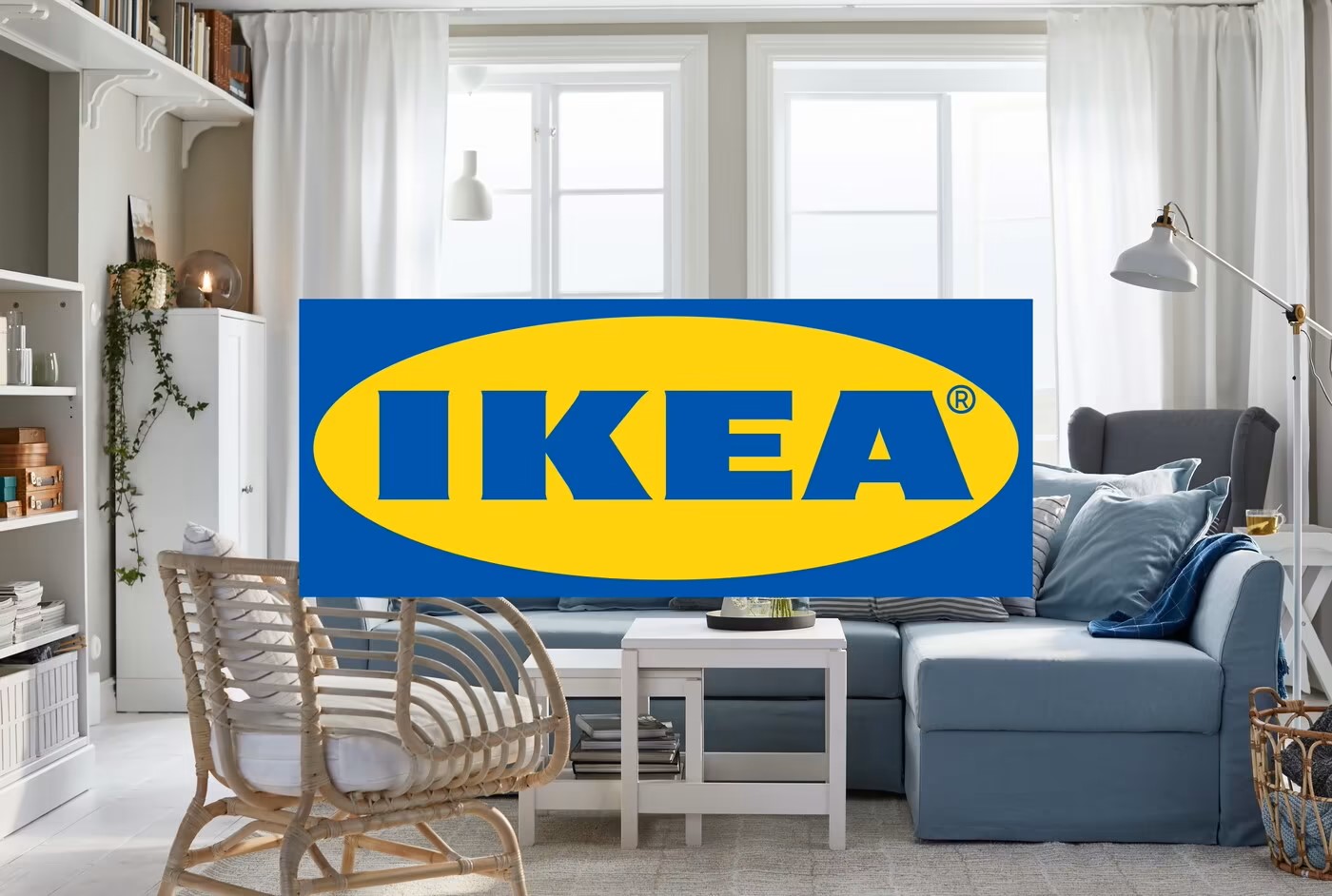

Articles
Where Is Ikeas Furniture Made
Modified: November 1, 2024
Discover the origins of Ikea furniture and learn where it is made. Find out everything you need to know about the manufacturing process and the countries involved.
(Many of the links in this article redirect to a specific reviewed product. Your purchase of these products through affiliate links helps to generate commission for Storables.com, at no extra cost. Learn more)
Introduction
IKEA, the renowned Swedish furniture retailer, has become a household name around the world. With its affordable, stylish, and functional furniture, IKEA has captured the hearts of millions of people seeking to furnish their homes. But have you ever wondered where IKEA’s furniture is made?
In this article, we will delve into the fascinating world of IKEA’s production model and explore the origins of its furniture. We will uncover the global sourcing strategy employed by IKEA and shed light on the impact of its production practices on local economies and labor conditions.
By shedding light on this topic, we can gain a deeper understanding of the challenges and opportunities associated with the production of furniture on a global scale. So, grab a cup of coffee and let’s embark on a journey to discover where IKEA’s furniture is made!
Key Takeaways:
- IKEA’s unique production model combines local production and global sourcing, allowing for customization to meet market needs while accessing resources and cost efficiencies globally. This approach supports local economies and promotes sustainability.
- By prioritizing fair labor conditions, IKEA aims to create a positive impact on workers’ lives and contribute to the development of a sustainable and responsible supply chain. The company’s commitment to ethical production sets it apart in the furniture industry.
Read more: Where Is Bassett Furniture Made
History of IKEA
The story of IKEA begins in 1943, in a small village in Sweden, where Ingvar Kamprad founded the company at the tender age of 17. The name IKEA is an acronym derived from the founder’s initials (I.K.) and the first letters of the farm where he grew up (Elmtaryd) and the nearby village (Agunnaryd).
Initially, IKEA started as a mail-order business, selling a range of household goods, including furniture. However, it was in the late 1940s that the company took a crucial step forward by introducing furniture made from Scandinavian wood. This decision not only set the stage for IKEA’s future success but also laid the foundation for its iconic minimalist designs.
In the 1950s, IKEA faced significant challenges due to rising competition from other furniture manufacturers. As a result, the company sought to differentiate itself by offering stylish, functional, and affordable furniture for the masses. This marked the beginning of IKEA’s commitment to democratic design, which aimed to make well-designed furniture accessible to everyone.
By the 1960s, IKEA had expanded beyond its Swedish roots and opened its first international store in Norway. This marked the beginning of its global expansion, which would see the company establish a presence in numerous countries around the world.
Over the decades, IKEA continued to innovate and refine its production and retail model. The introduction of the iconic IKEA catalog in the 1970s further propelled the company’s success and made its furniture accessible to people worldwide.
Today, IKEA is a multinational conglomerate with over 400 stores in more than 50 countries. With its strong emphasis on sustainability, affordability, and design, IKEA has become a dominant force in the furniture industry.
Now that we have explored the history of IKEA, let’s delve deeper into how the company produces its furniture and where it is made.
IKEA’s Production Model
One of the key reasons behind IKEA’s success has been its unique production model. The company adopts a combination of local production and global sourcing to manufacture its furniture.
Local Production:
IKEA has a significant commitment to local production in the countries where it operates. This means that in some regions, IKEA furniture is manufactured locally, utilizing local resources, labor, and expertise. This approach allows IKEA to tailor its products to the specific needs and preferences of local markets. It also helps in reducing transportation costs and minimizing the environmental impact associated with long-distance shipping.
Global Sourcing:
While local production is crucial, IKEA also relies on global sourcing to meet the demands of its diverse product range. The company sources materials, components, and finished products from various countries around the world. For instance, raw materials like wood may come from sustainable forests in Sweden, while textiles could be sourced from India or China. This global sourcing approach enables IKEA to access a wide range of resources while taking advantage of cost efficiencies and expertise available in different regions.
By combining both local production and global sourcing, IKEA creates a diverse and sustainable supply chain that caters to the needs of its global customer base.
In the next section, we will explore the supplier requirements and sustainability practices employed by IKEA to ensure that its production meets certain standards.
Local Production
Local production plays a crucial role in IKEA’s production model. The company believes in supporting local economies, promoting sustainability, and meeting the specific needs of different markets. Let’s take a closer look at how IKEA implements local production.
One of the key benefits of local production is the ability to customize products to suit the preferences and lifestyles of customers in different regions. IKEA strives to offer furniture that reflects the local culture, design aesthetics, and functionality requirements. This approach ensures that customers can find products that align with their specific tastes and needs, enhancing their overall shopping experience.
Furthermore, local production helps reduce transportation costs and carbon emissions associated with long-distance shipping. Instead of shipping furniture from overseas factories, IKEA establishes production facilities in strategic locations to serve nearby markets. This localized approach not only minimizes environmental impact but also allows IKEA to respond quickly to customer demands and market trends.
Additionally, local production creates job opportunities and contributes to the economic development of the regions where IKEA operates. By establishing manufacturing plants and partnering with local suppliers, IKEA generates employment, transfers knowledge and technology, and supports the growth of local communities. This not only benefits the individuals directly employed but also has a ripple effect on the broader economy.
An example of IKEA’s commitment to local production is its partnership with social enterprises and local artisans. In some regions, IKEA collaborates with organizations that provide employment and training to disadvantaged individuals. Through these partnerships, unique handcrafted products are created, showcasing traditional skills and empowering local communities.
However, it’s important to note that while local production is an integral part of IKEA’s production model, it is not the sole source of their furniture. The company also relies on global sourcing to meet the diverse demands of its customers, as we will explore in the next section.
Global Sourcing
In addition to local production, global sourcing is a vital component of IKEA’s production model. Through global sourcing, IKEA can access a wide range of resources, expertise, and cost efficiencies from around the world. Let’s delve into the details of how global sourcing works for IKEA.
Raw Materials:
As a furniture retailer, IKEA sources various raw materials from different countries. For example, sustainable wood, such as pine, birch, or oak, is often sourced from Scandinavian countries known for their well-managed forests. This ensures that the wood used in IKEA furniture comes from sustainable sources and meets the company’s strict environmental requirements.
Components and Accessories:
In addition to raw materials, IKEA also sources components and accessories for its furniture from around the globe. This could include metal hardware, upholstery fabrics, plastics, and other materials needed for the assembly of furniture pieces. By sourcing these components globally, IKEA can benefit from the expertise and specialized production capabilities of different suppliers.
Finished Products:
While IKEA manufactures a significant portion of its furniture in-house or through local production partners, it also sources finished products from suppliers worldwide. These suppliers are carefully selected based on their ability to meet IKEA’s quality standards, design requirements, and sustainability commitments. This allows IKEA to offer a diverse range of furniture styles and design options to its customers.
Cost Efficiencies and Expertise:
Global sourcing enables IKEA to take advantage of cost efficiencies in different regions. By working with suppliers from countries where production costs may be lower, IKEA can offer affordable prices to its customers without compromising on quality or design. Additionally, global sourcing allows IKEA to tap into the specialized expertise and craftsmanship that may exist in specific regions or countries.
Sustainability Considerations:
While global sourcing provides numerous benefits, IKEA places great importance on ensuring that its sourcing practices are sustainable and ethical. The company has established strict supplier requirements that include environmental and social responsibility criteria. Suppliers must adhere to these criteria, which include using sustainable materials, promoting fair labor practices, and minimizing waste and emissions throughout the production process.
By combining local production with global sourcing, IKEA creates a robust and efficient supply chain that is able to meet the demands of its global customer base while ensuring sustainability and quality.
In the next section, we will explore the supplier requirements and sustainable practices that IKEA imposes to maintain its commitment to responsible production.
Ikea furniture is made in various countries, including China, Poland, and Sweden. Check the label on the product to see where it was manufactured.
Read more: Where Are Ashley Furniture Made
Supplier Requirements and Sustainability
As a responsible and sustainable company, IKEA imposes strict supplier requirements and promotes sustainability throughout its supply chain. Let’s delve into the details of these supplier requirements and sustainability practices.
Sustainable Materials:
IKEA places great importance on the use of sustainable materials in its furniture production. The company seeks to minimize the environmental impact by opting for materials that are renewable, recyclable, or made from recycled sources. This includes the use of wood from responsibly managed forests, recycled plastics, and textiles produced with reduced water and energy consumption.
Supplier Code of Conduct:
IKEA has a comprehensive Supplier Code of Conduct that outlines the ethical and social responsibilities expected from its suppliers. This code covers various aspects such as fair labor practices, worker health and safety, non-discrimination, and responsible sourcing of raw materials. Suppliers are required to adhere to these standards, and IKEA conducts regular audits to ensure compliance.
Forest Stewardship:
In line with its commitment to sustainability, IKEA sources wood from responsibly managed forests. The company actively supports forest certification programs such as the Forest Stewardship Council (FSC) and promotes the use of FSC-certified wood in its furniture production. This ensures that the wood used by IKEA comes from forests that are responsibly harvested and managed to preserve biodiversity and ecosystem integrity.
Reducing Emissions and Waste:
IKEA strives to minimize its carbon footprint and waste generation throughout its supply chain. The company encourages suppliers to embrace energy-efficient manufacturing processes and adopt measures to reduce emissions. Additionally, IKEA promotes initiatives to reduce waste, increase recycling rates, and optimize packaging to minimize environmental impact.
Partnership for Social Responsibility:
IKEA works closely with its suppliers to foster a culture of social responsibility. This includes promoting fair wages and safe working conditions, as well as providing training and capacity-building programs for workers. Through partnerships and dialogue, IKEA aims to improve the lives and well-being of workers within its supply chain.
Transparency:
IKEA believes in transparency and strives to provide customers with information about the sustainability and ethical practices associated with its products. The company discloses key information, such as the origin of materials and the environmental impact of its furniture, through initiatives like product labels and sustainability reports. This allows customers to make informed choices and supports IKEA’s commitment to sustainability.
By imposing strict supplier requirements and promoting sustainability practices, IKEA takes a holistic approach to responsible production. This ensures that the furniture produced by IKEA not only meets high-quality standards and customer expectations but also aligns with the company’s commitment to environmental and social responsibility.
Next, we will examine the impact of IKEA’s production practices on local economies and labor conditions.
Impact on Local Economies
IKEA’s production practices have a significant impact on local economies in the regions where it operates. Let’s explore how IKEA’s presence and operations contribute to the local economies.
Job Creation:
One of the primary benefits of IKEA’s local production model is the creation of employment opportunities. By establishing production facilities and partnering with local suppliers, IKEA generates jobs for individuals in the surrounding communities. This includes both direct employment within IKEA’s own manufacturing plants and indirect employment through suppliers and supporting industries. The influx of jobs stimulates economic growth and provides income stability for local residents.
Investment and Infrastructure Development:
IKEA’s presence often attracts investment and contributes to the development of local infrastructure. The establishment of production facilities requires investments in land, buildings, and machinery, which contributes to the local economy. Additionally, the demand for raw materials and other supplies can stimulate the growth of local industries, creating a ripple effect of economic activity.
Supply Chain Support:
IKEA’s local production model also supports local suppliers, particularly small and medium-sized enterprises (SMEs). By working with local suppliers, IKEA stimulates the growth of these businesses and helps them access new markets. The demand generated by IKEA’s operations provides an opportunity for local suppliers to expand their operations, hire more employees, and invest in their own growth.
Tourism and Hospitality Industry:
IKEA stores are often major attractions in the areas where they are located. The presence of an IKEA store can boost tourism and attract visitors, which benefits local hospitality businesses such as hotels, restaurants, and cafes. This increased footfall can provide a significant economic boost to the region and create additional job opportunities in the service sector.
Corporate Social Responsibility Initiatives:
IKEA is known for its corporate social responsibility initiatives, which often focus on supporting local communities. The company invests in education, healthcare, environmental conservation, and other programs that benefit the areas surrounding its operations. These initiatives not only improve the quality of life for local residents but also contribute to the overall development and well-being of the community.
It is important to note that while IKEA’s operations can have positive impacts on local economies, there can also be challenges. For example, increased demand for resources can put pressure on local infrastructure and natural ecosystems. It is crucial for IKEA to work closely with local authorities and stakeholders to mitigate these challenges and ensure sustainable growth.
Now that we have explored the impact of IKEA’s production practices on local economies, let’s shift our focus to labor conditions in IKEA’s supply chain.
Labor Conditions in IKEA’s Supply Chain
IKEA is committed to ensuring fair and ethical labor conditions throughout its supply chain. The company recognizes the importance of protecting workers’ rights and promoting safe and dignified working conditions. Let’s delve into the details of labor conditions in IKEA’s supply chain.
Supplier Code of Conduct:
IKEA has a comprehensive Supplier Code of Conduct that sets forth the expectations regarding labor practices for its suppliers. This code includes provisions related to fair wages, working hours, freedom of association, and the prohibition of child labor and forced labor. Suppliers are required to comply with these standards, and IKEA conducts audits and regular assessments to ensure adherence.
Auditing and Inspections:
IKEA conducts regular audits and inspections of its suppliers’ facilities to evaluate compliance with labor standards. These assessments cover various areas, including worker health and safety, labor contracts, fair wages, and working hours. By conducting thorough inspections, IKEA aims to identify any potential issues and work with suppliers to rectify them promptly.
Worker Empowerment:
IKEA believes in empowering workers and providing a safe and respectful work environment. The company encourages open communication channels between workers and management, ensuring that workers’ voices are heard and their rights are respected. IKEA also supports initiatives that promote skill development, improve working conditions, and enhance the well-being of workers within its supply chain.
Partnerships and Collaboration:
IKEA collaborates with various organizations and stakeholders to improve labor conditions in its supply chain. The company actively engages with industry associations, non-governmental organizations (NGOs), and trade unions to share best practices, address challenges, and drive continuous improvement. Through these partnerships, IKEA aims to foster a culture of transparency, accountability, and worker well-being.
Social Initiatives:
IKEA invests in social initiatives that focus on improving the lives of workers within its supply chain. This includes programs aimed at improving worker health, safety training, and promoting gender equality. IKEA also collaborates with social enterprises and NGOs, establishing partnerships that provide training and employment opportunities for underprivileged individuals and marginalized communities.
While IKEA strives to ensure fair labor conditions, challenges can still arise within the complex global supply chain. Issues such as subcontracting, worker exploitation, and wage discrepancies require ongoing vigilance and continuous efforts to address them. IKEA acknowledges these challenges and remains dedicated to engaging with suppliers, governments, and stakeholders to tackle them effectively.
By prioritizing fair labor conditions, IKEA aims to create a positive impact on workers’ lives and contribute to the development of a sustainable and responsible supply chain.
Now, let’s explore some specific countries where IKEA furniture is made.
Specific Countries Where IKEA Furniture is Made
IKEA’s global presence means that its furniture is manufactured in various countries around the world. The company strategically selects production locations based on factors such as proximity to raw materials, expertise, and market demand. Let’s explore some specific countries where IKEA furniture is made.
Sweden:
As the birthplace of IKEA, Sweden is naturally one of the key manufacturing locations. The country is known for its high-quality wood and skilled craftsmanship, making it an ideal location for producing wooden furniture pieces. Many iconic and timeless IKEA designs, such as the Billy bookcase and Poäng chair, are manufactured in Sweden.
China:
China plays a significant role in IKEA’s global production. It is home to numerous IKEA suppliers who produce a wide range of furniture, including wooden and upholstered pieces. China’s manufacturing capabilities, cost efficiencies, and large labor force make it an attractive destination for production. In addition to furniture, a significant portion of IKEA’s accessories, such as lighting fixtures and textiles, are also manufactured in China.
Poland:
Poland has emerged as an important manufacturing hub for IKEA. The country’s central location, skilled workforce, and favorable business environment have made it a preferred destination for furniture production. Poland primarily focuses on manufacturing various wooden furniture pieces, including cabinets, tables, and chairs.
Italy:
Italy is renowned for its expertise in furniture design and production. Many of IKEA’s premium and designer collaborations are manufactured in Italy. The country is known for its craftsmanship, attention to detail, and innovative design capabilities. Italian-made IKEA furniture often exhibits sleek and stylish designs, reflecting the country’s rich tradition in furniture manufacturing.
Additional Countries:
In addition to the countries mentioned above, IKEA furniture is also produced in several other nations to meet the diverse demands of its global customer base. This includes countries like Germany, Lithuania, Vietnam, and the United States. IKEA’s flexible production model allows the company to leverage the unique capabilities and resources available in different regions.
It’s worth noting that while some furniture items may be produced in specific countries, the components and materials used in the manufacturing process originate from various sources around the world. This highlights the global nature of IKEA’s supply chain and the intricate network of suppliers involved in producing its furniture.
Now that we have explored the specific countries where IKEA furniture is made, let’s conclude our journey of discovering where IKEA’s furniture comes from.
Read more: Where Is Lane Furniture Made
Conclusion
Throughout this article, we have unraveled the fascinating world of IKEA’s furniture production. We discovered that IKEA employs a unique production model that combines local production and global sourcing. This approach allows them to customize furniture to meet specific market needs while accessing a wide range of resources and cost efficiencies globally.
We explored the impact of IKEA’s production practices on local economies, noting how the company’s presence creates job opportunities, stimulates investment, and supports the growth of local businesses. We also highlighted IKEA’s commitment to ethical and fair labor conditions in its supply chain, emphasizing the importance of worker empowerment, supplier requirements, and social initiatives.
Moreover, we delved into the specific countries where IKEA furniture is made, including Sweden, China, Poland, Italy, and others. Each of these countries adds its unique expertise, craftsmanship, and resources to the production process, contributing to the diverse range of furniture available at IKEA stores worldwide.
As we conclude our exploration, it is evident that IKEA’s success is not solely based on providing stylish and affordable furniture. The company’s commitment to sustainability, responsible production, and positive social impact sets it apart in the furniture industry.
As consumers, we can take pride in purchasing IKEA furniture, knowing that it meets rigorous standards, supports local economies, and promotes fair labor practices. By choosing IKEA, we contribute to a more sustainable future and support a company that continuously strives to improve its environmental and social performance.
So, the next time you visit an IKEA store or assemble a piece of IKEA furniture in your home, take a moment to appreciate the global journey that brought it to you. From the sourcing of sustainable materials to the craftsmanship of skilled artisans, every detail reflects IKEA’s commitment to quality, affordability, and responsible production.
Now, go forth and enjoy your IKEA furniture, knowing that it has been thoughtfully crafted and carries with it the values of sustainability, innovation, and global collaboration.
Curious about how your choices impact the environment? Our next feature on sustainable furniture delves into eco-friendly options that help preserve our planet. Learn how choosing responsibly made pieces not only beautifies your space but also contributes to a healthier ecosystem. Don't miss out on discovering how simple changes in your furniture selection can make a significant difference.
Frequently Asked Questions about Where Is Ikeas Furniture Made
Was this page helpful?
At Storables.com, we guarantee accurate and reliable information. Our content, validated by Expert Board Contributors, is crafted following stringent Editorial Policies. We're committed to providing you with well-researched, expert-backed insights for all your informational needs.

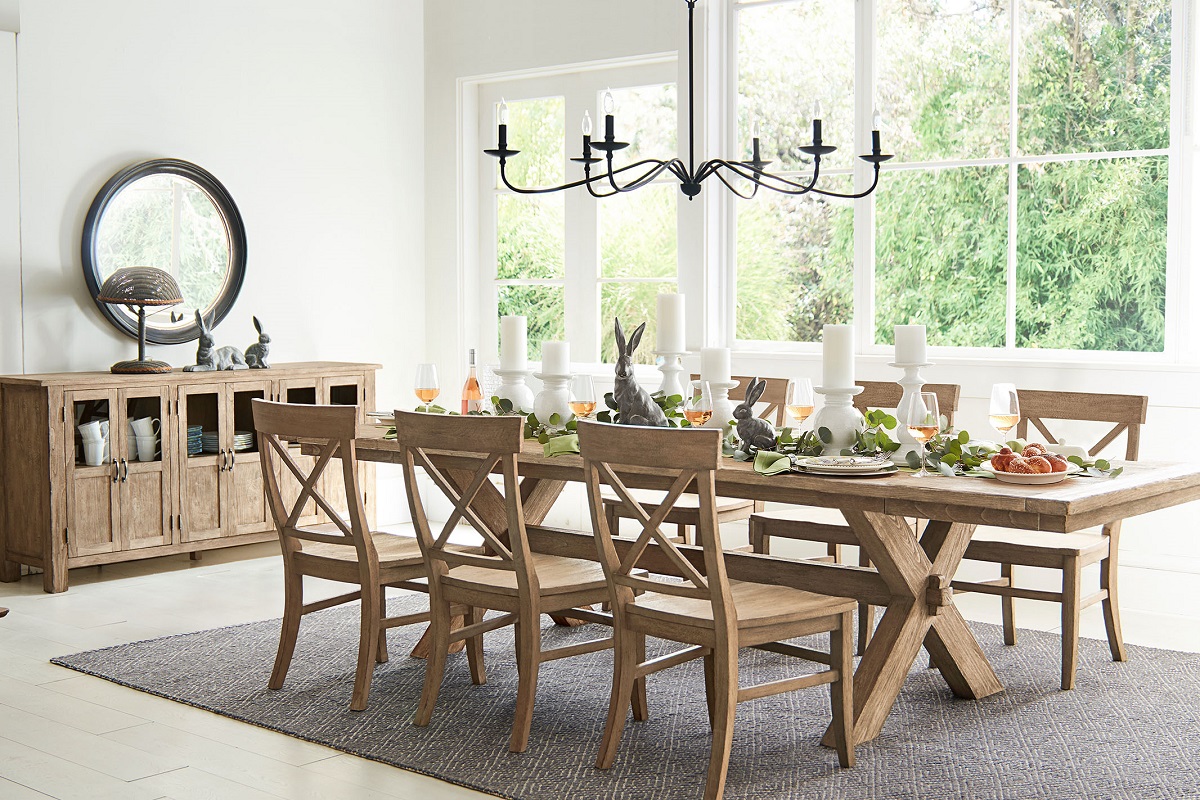
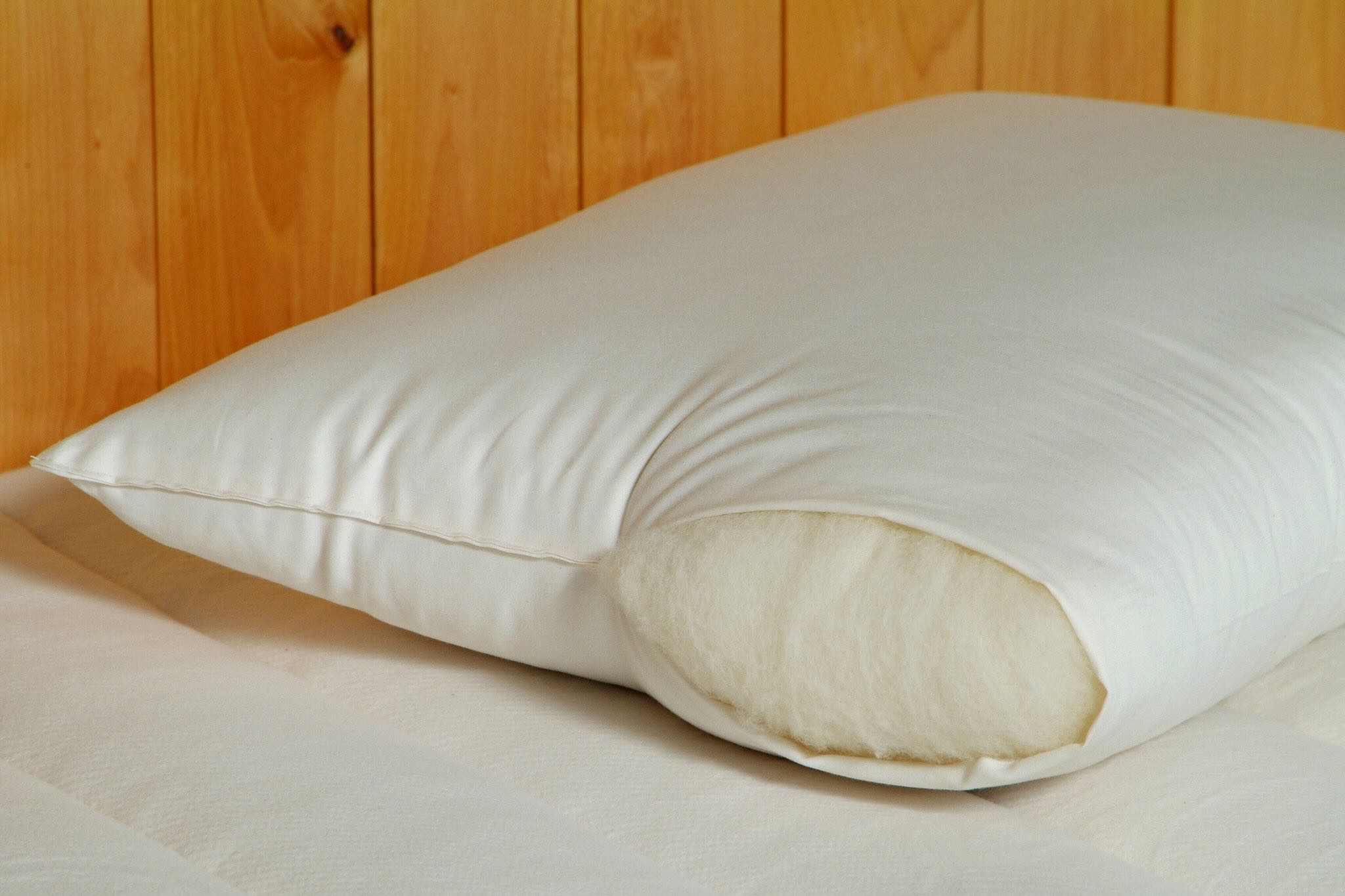
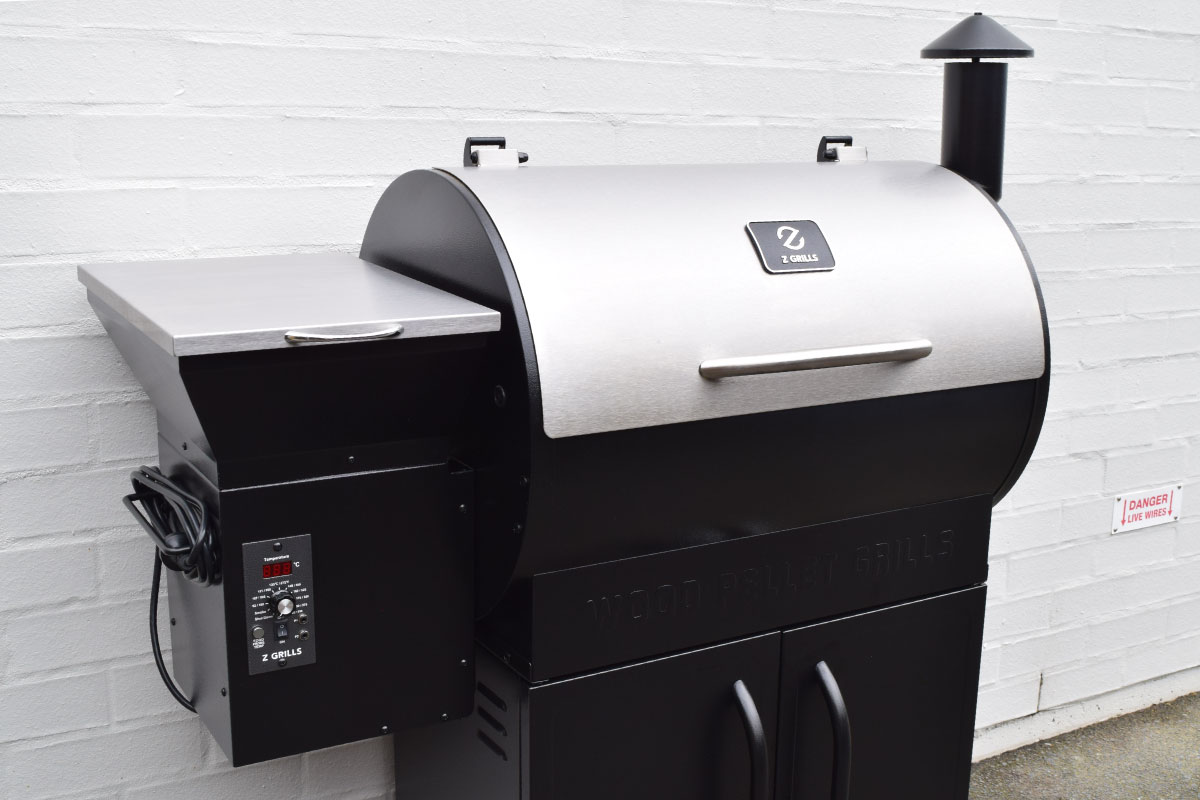
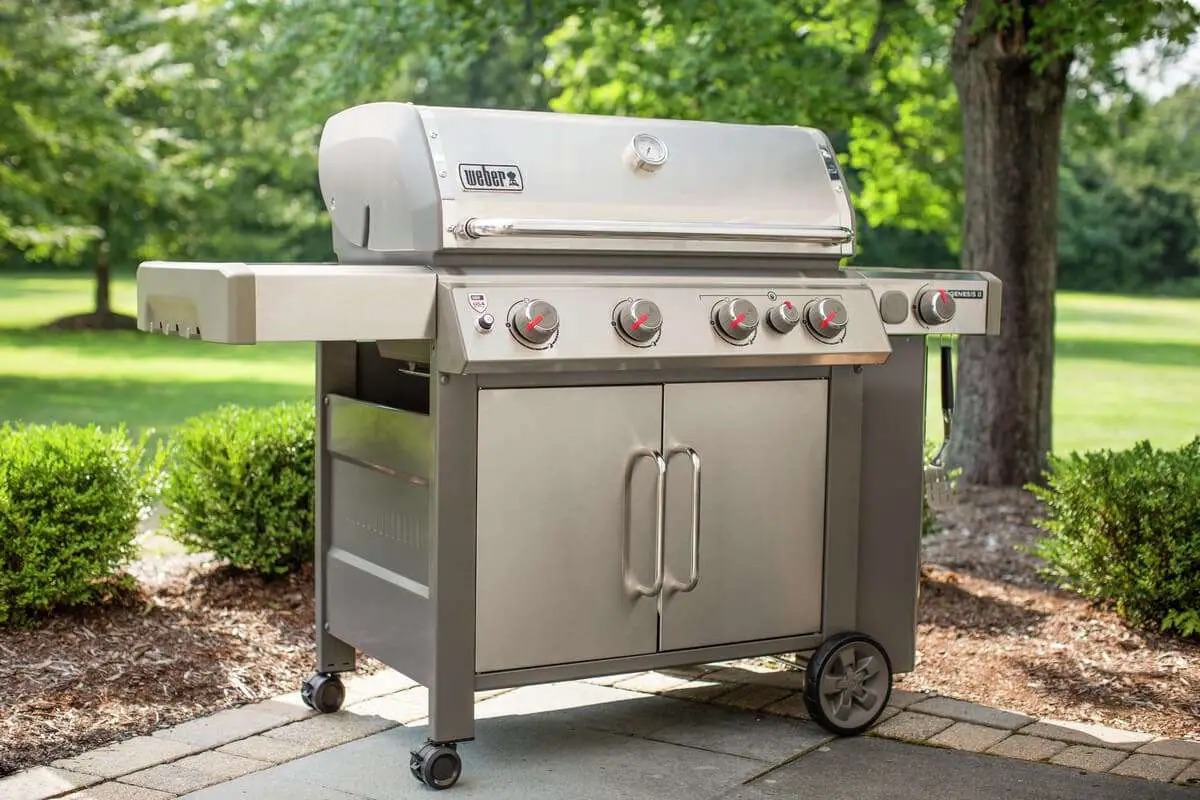

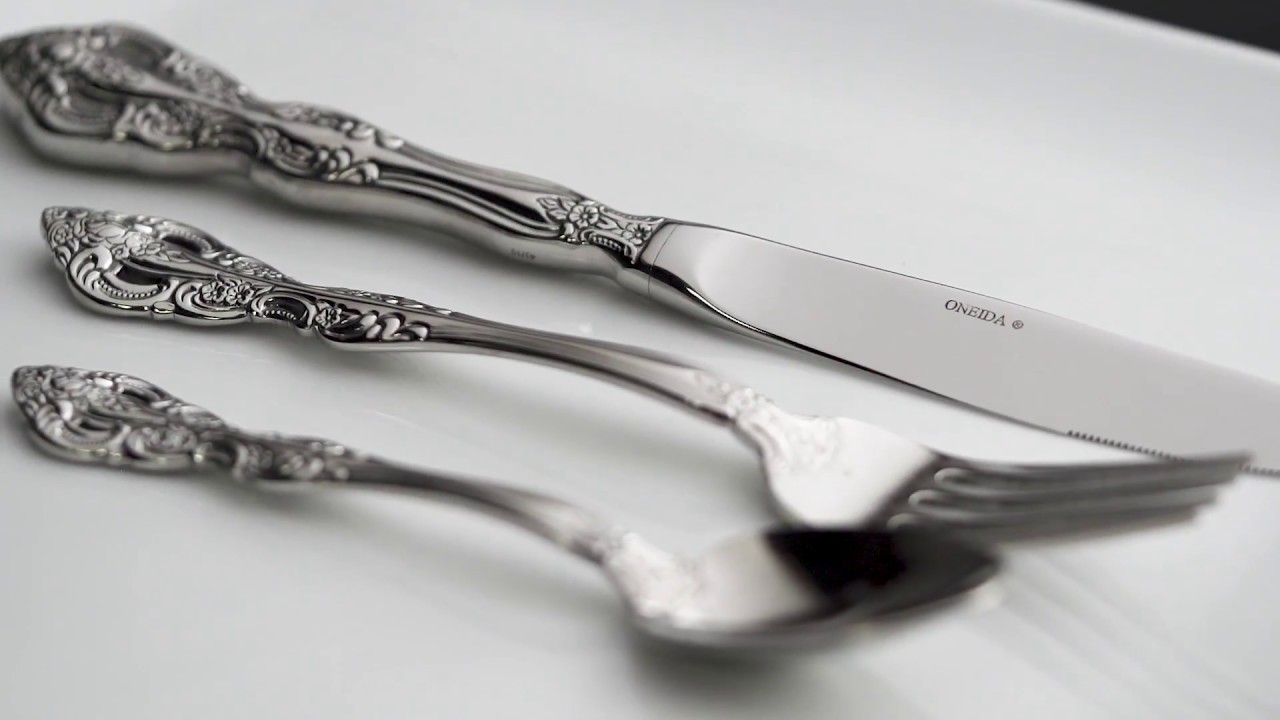
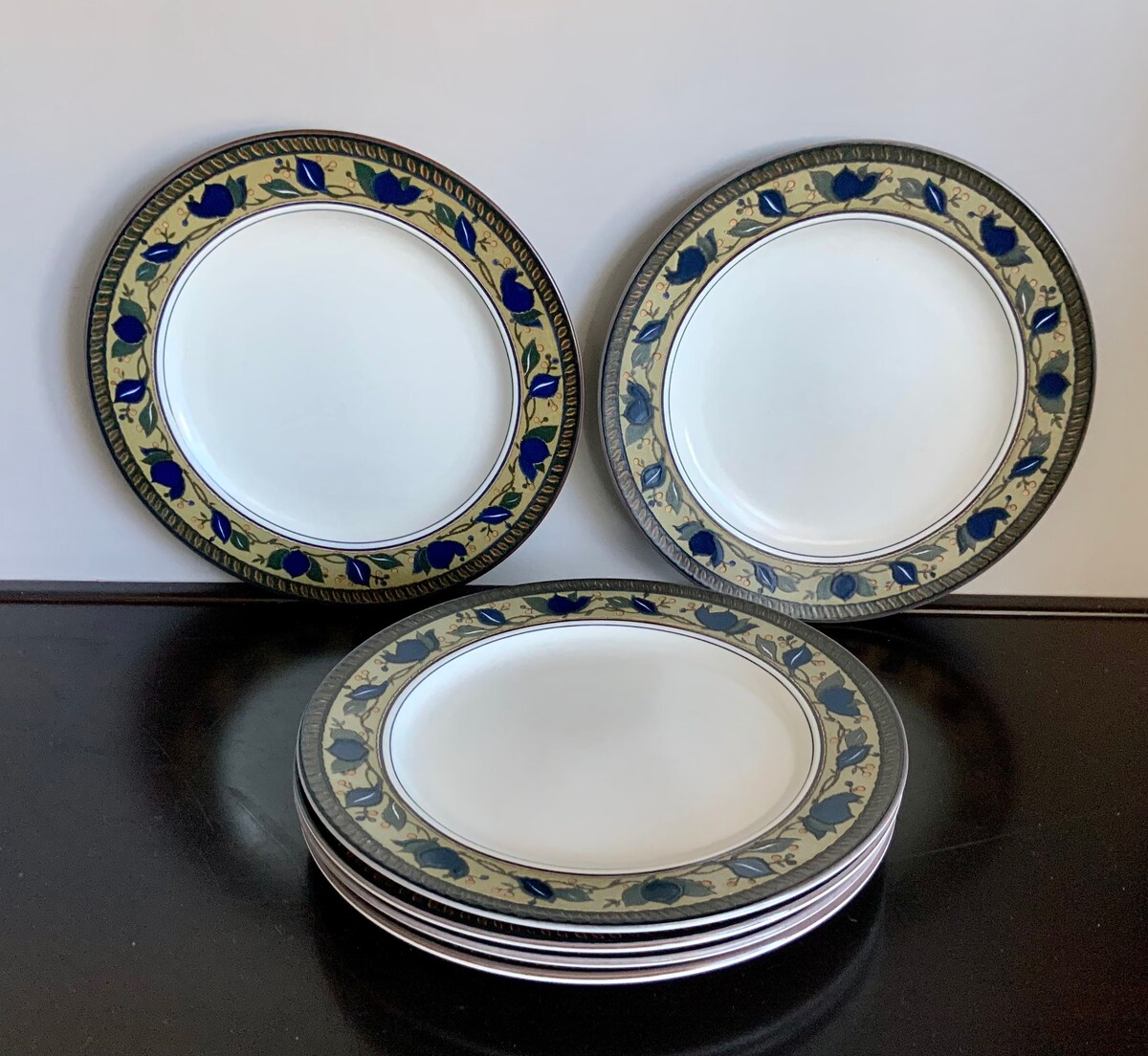

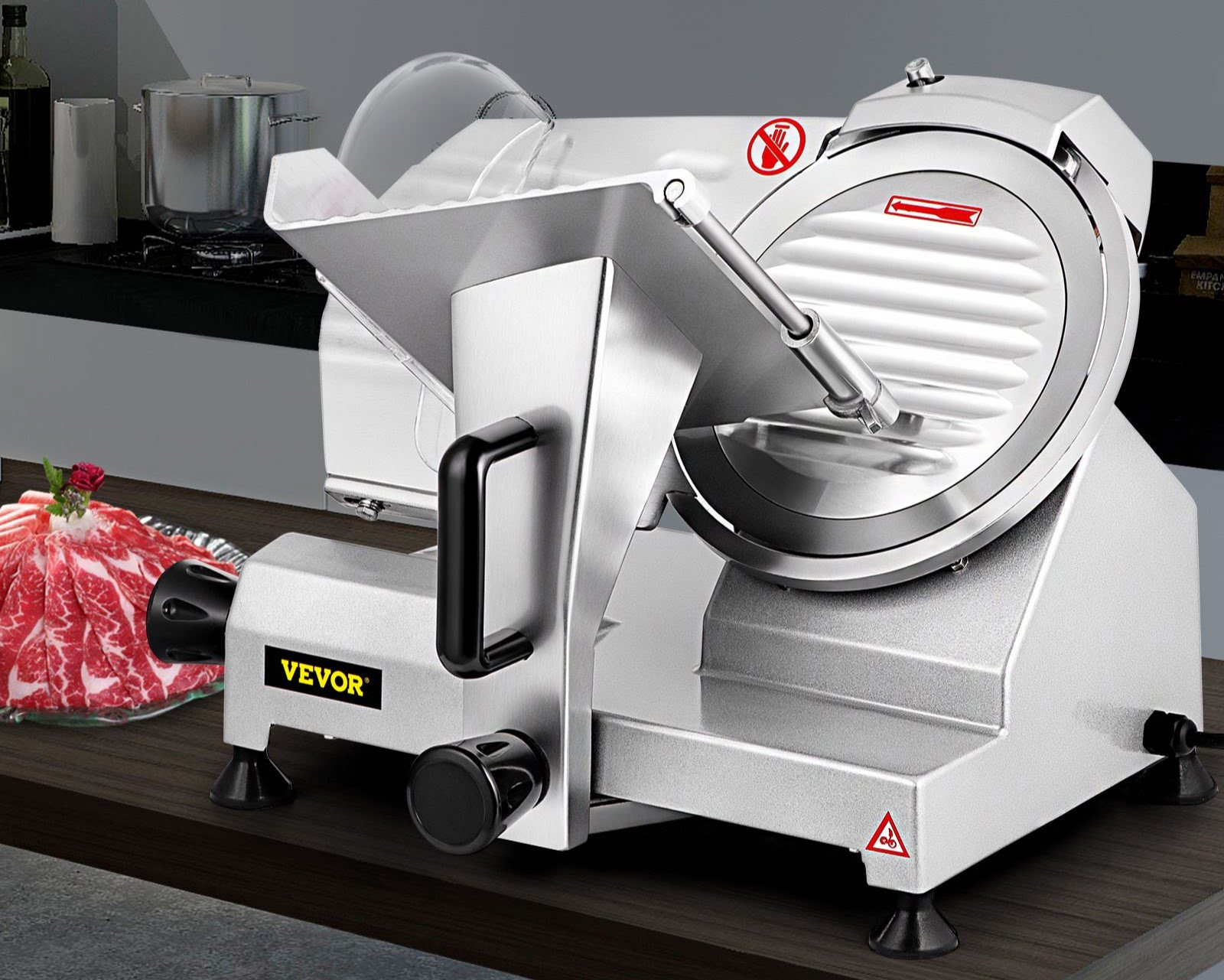
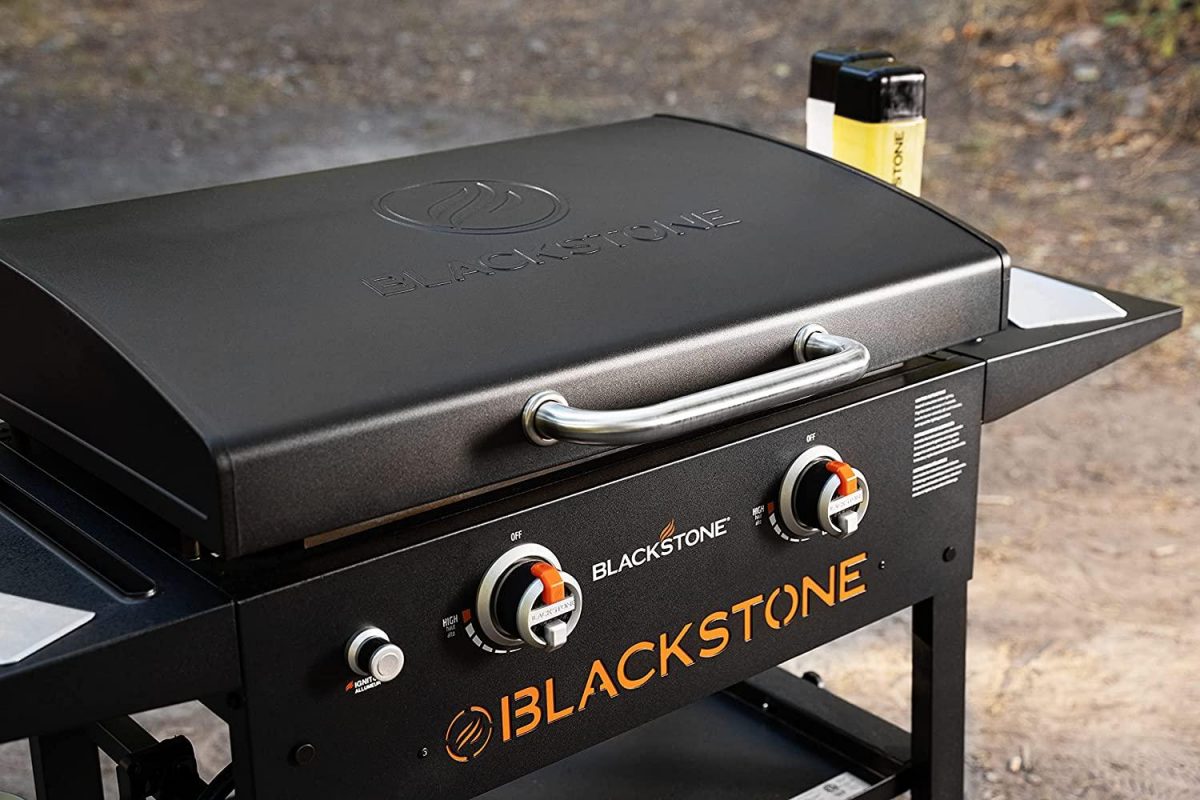
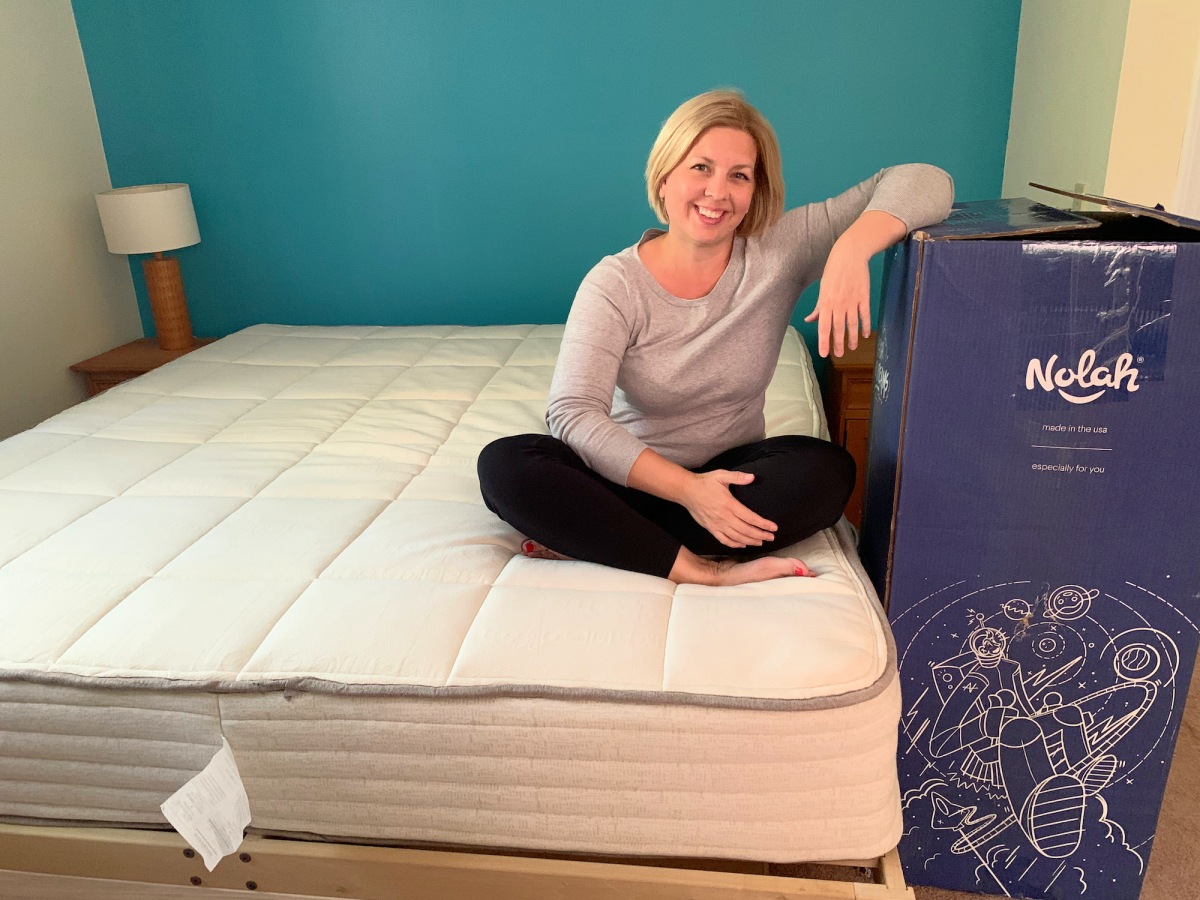
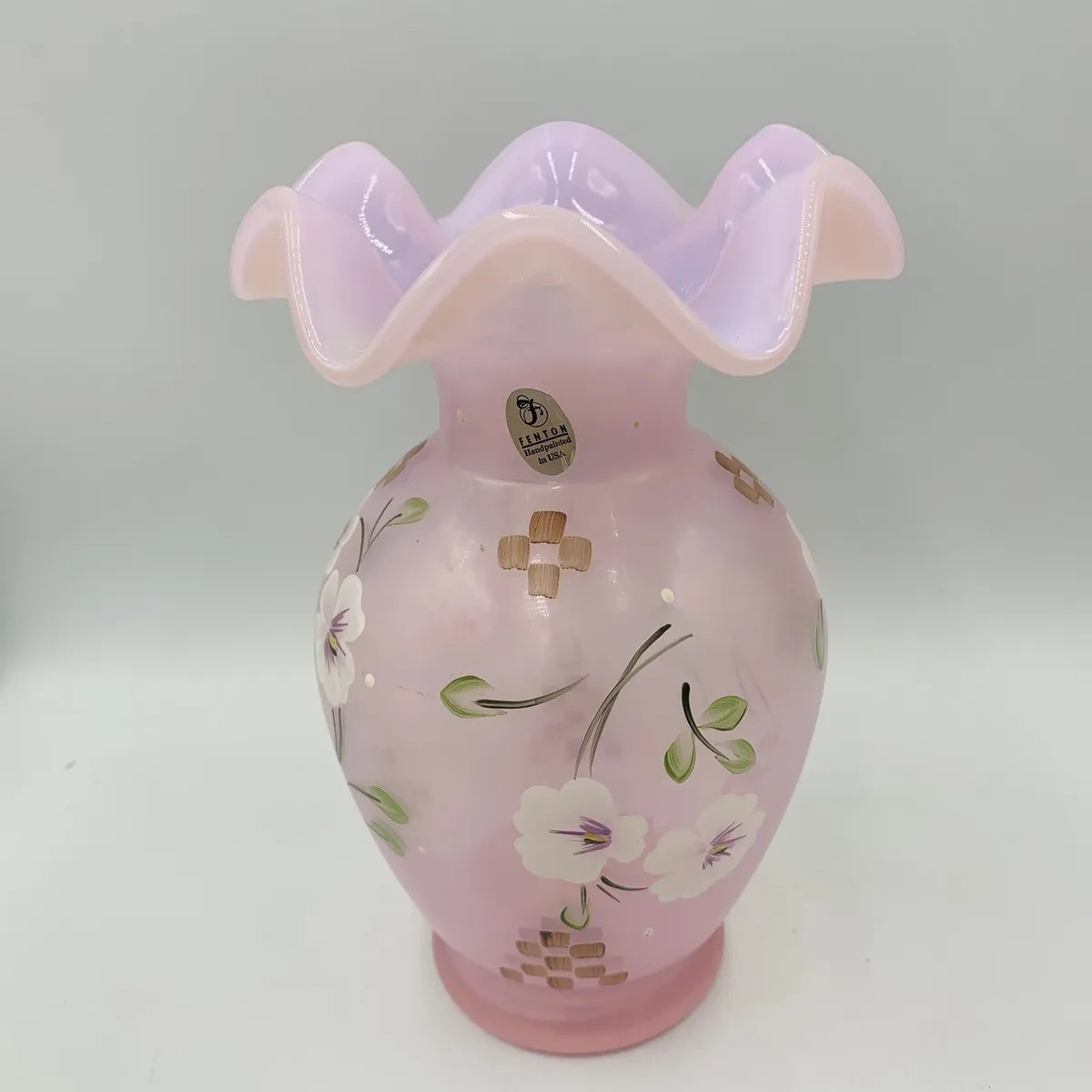

0 thoughts on “Where Is Ikeas Furniture Made”